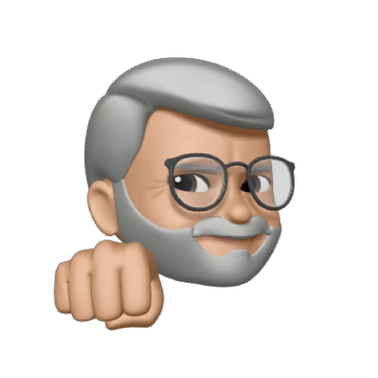Book Review: Traversing the Traction Gap by Bruce Cleveland
Founding a startup and leading it to success is an uphill battle. It is akin to stocking up on food and fresh water at your homeport, weighing anchor, and sailing off into the ocean to find that distant land ancient sagas talk about. So many things can go wrong in the journey, and so much is at stake that the rationale behind the decision to set off can be impossible to understand for regular people. Founders are like explorers in that sense. They are special.
The stats confirm the kind of uphill battle founders have to fight. 80 percent of startups fail. Only 5 percent of them produce the projected ROI, and according to a survey conducted by OpenView among 300 software companies, only 0.01 percent of SaaS companies manage to achieve $100 million in Annual Recurring Revenue (ARR). That is one in ten thousand companies.
These stats are from the book that we reviewed this month, Traversing the Traction Gap, by Bruce Cleveland and his fellow partners at the venture capital firm Wildcat Partners. This is not a book on innovation or secrets of successful product management. Being a book written by venture capitalists, Traversing the Traction Gap looks into the founder’s journey from the other side of the table. It leaves it up to you how you should develop your product and instead deals with how founders should manage the whole process from the conception stage through the eventual successful exit. The authors even coach you on how you should run a board meeting. How cool is that?
The book’s primary focus is on B2B startups developing enterprise-grade software products. However, it is easy to see that most of the advice given by the authors should also apply to B2C firms. The authors define seven milestones in the startup journey: Ideation, Minimum Viable Category (MVC), Initial Product Release (IPR), Minimum Viable Product (MVP), Minimum Viable Repeatability (MVR), Minimum Viable Traction (MVT), and Scale. This heavy use of three-letter initialisms makes the book a bit confusing at the beginning. Americans love their alphabet soup, for sure.
The phrase “traction gap” refers to the stage that extends from the IPR, when the product is launched, to the MVT, when the business model and the market are finally validated with the company starting to show signs of robust, sustainable growth. This approximately 36-month span defines whether the company will sink or swim. During the traction gap, there is very little data to analyze, very little demand for the product, and too little revenue to help you gauge whether you are on the right path or not. Trying to navigate the traction gap on your own is like sailing into the Drake Passage at the southern tip of South America, with little more than sailor’s tales handed down from one generation to another. Cleveland and his friends are volunteering to get you out of that gap.
In addition to these startup lifecycle stages, the authors use a framework of four pillars to evaluate how a startup is doing at each stage. These four pillars consist of product, revenue, team, and systems architecture. Leaning on their vast experience in the VC business, Cleveland and his friends lay out metrics a startup must have achieved in terms of product development, revenue stream, team configuration, and the technology being used at any particular stage like the MVP or MVT. These rough guidelines are to serve as lighthouses dotting the shoreline of a stormy sea. Here are a few examples from the book:
>*In an enterprise SaaS company, for example, ACV usually needs to be north of $75K to produce enough margin to fund a direct sales team.*
>*As we’ve discussed, to be on model with the growth rates of the successful startups that came before you, you must roughly triple your customers and your revenue from MVR and reach MVT in about one year.*
>*After MVT, a startup must be prepared to triple, then double year over year for at least the next 3 years on its way toward a liquidity event, either an IPO or an acquisition.*
Traversing the Traction Gap doesn’t offer its readers the uber-scientific approach like Anthony W. Ulwick’s Jobs to Be Done: Theory to Practice does. The former is more of an account of observations, best practices, and rules of thumb founders can leverage—it basically provides founders with a proven template to increase their chances of success.
What sets Traversing the Traction Gap apart from other books written for startups is the fact that its authors are successful VC executives. As you read the book, you get to understand how investors think and what they look for when they evaluate whether to invest in a startup. Founders are naturally inclined to focus on the features of their products, and they can miss the bigger picture in the process. But the book reminds them that it will be all for naught if they fail to solve a pain point in a scalable way. If a founder is to attract investment, he should remember that he is selling the investors a financial product first and foremost. There are a lot of technical founders around who could use a reality check like that.
Remember the notorious Trough of Sorrow publicized by the YC founder Paul Graham? Traversing the Traction Gap reminds you that you are not all that helpless in dealing with that trough. Some wise people managed to navigate those waters before you—all you need to do is listen to their advice and hope for some favorable tailwinds.




 Please
fill out this field
Please
fill out this field









